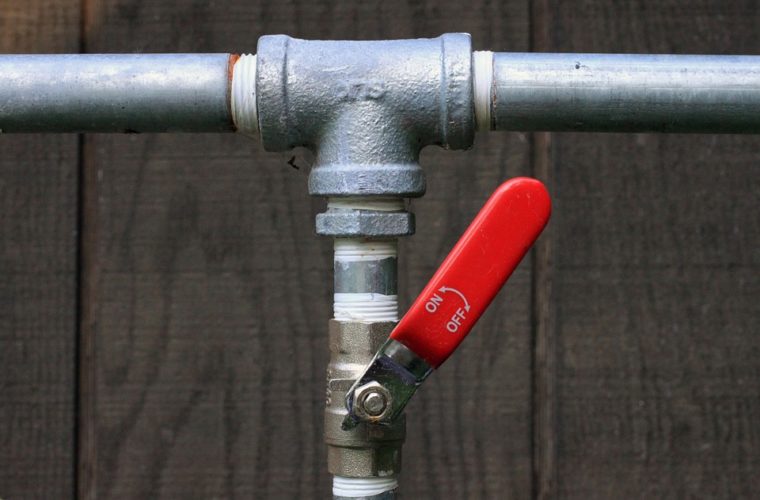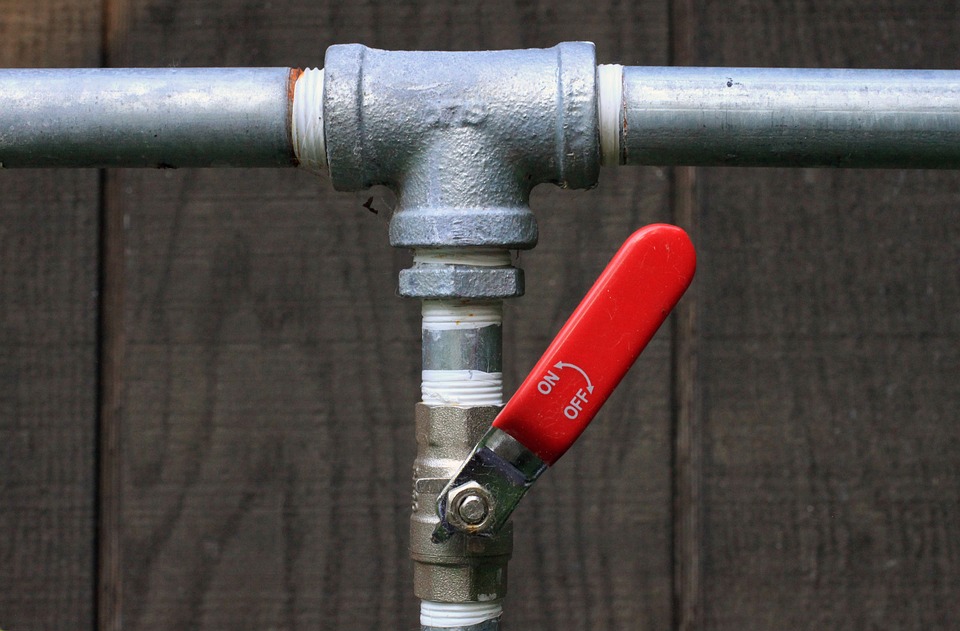
Water utilities in the United States were once operated almost completely by private companies. That began to change when Boston, New York, Los Angeles and other large cities expanded in the late 19th century. Water utilities failed to manage the increased demand and government leaders stepped up to assume responsibility for adequate water resources. That’s been the case for decades, but now water problems are critical again. Most water experts believe another change is imminent.
Today, privatization and collaborative ventures are the norm for airports, roads, bridges and seaports but the water sector has been largely overlooked. The city of Baltimore has even considered changing its charter to prevent public-private partnerships (P3s) related to water. How strange is that?
America definitely has water problems and there’s no argument about whether there is adequate government revenue available to remedy the problems. Yet, government leaders appear fearful of alternative funding when it comes to large water projects. Most believe their fears are related to a lack of support from ratepayers who fear increases. Few stop to remember that rates are set by governmental entities and there are regulatory authorities to protect taxpayers.
The misconceptions about alternative funding need to be corrected and it is time to move on to realistic ways to ensure clean water resources. Of the country’s 160,000 drinking water systems, only 2,000 are operated through a P3. That means that 158,000 water systems are operated by public entities. Their upkeep, expansion and guarantee of clean drinking water are almost entirely in the hands of cities, counties and states that are struggling and suffering with budgets that cannot be stretched any further.
Last week, Sens. Bob Menendez (D-NJ) and Mike Crapo (R-ID) reintroduced the Sustainable Water Infrastructure Investment Act which would stimulate $43 billion in incremental private water infrastructure investment and $20 billion for water P3s. This, the proposed statute points out, could be made possible by eliminating the volume cap on water infrastructure private activity bonds. There’s no way to tell yet whether the proposed bill can gain enough support to be passed.
Consider this:
- In the few short years between now and 2025, at least two-thirds of the world’s population is expected to live in water-stressed areas;
- Public water supplies in 42 states are currently contaminated with 141 unregulated chemicals; and
- By 2020, the average American pipeline will be 45 years old, and some will have been in the ground for as many 150 years.
Those are staggering facts…but there is more. A major overhaul of America’s water supply systems is estimated to cost approximately $300 billion. State and federal government coffers cannot begin to provide that kind of funding.
 There’s a list no state leader wants to make but, unfortunately, it is important to get a reality check. States with the highest number of drinking water violations include Louisiana, Missouri, Kentucky, Alabama, New York, Minnesota, Georgia, Colorado, Maine, Michigan, Virginia, West Virginia, New Jersey, Oklahoma, North Carolina, Texas, New Mexico, Arkansas and Nebraska. The three states with the lowest number of drinking water violations are Iowa, Maryland and Illinois.
There’s a list no state leader wants to make but, unfortunately, it is important to get a reality check. States with the highest number of drinking water violations include Louisiana, Missouri, Kentucky, Alabama, New York, Minnesota, Georgia, Colorado, Maine, Michigan, Virginia, West Virginia, New Jersey, Oklahoma, North Carolina, Texas, New Mexico, Arkansas and Nebraska. The three states with the lowest number of drinking water violations are Iowa, Maryland and Illinois.
Here’s an example of what could happen with collaborative joint efforts between public and private partners. After an Environmental Protection Agency (EPA) order that demanded Burbank, California, improve its water system, the city entered into a joint venture with private-sector investors and contractors. Through a partnership, the private-sector group has, for decades, operated and maintained a 9-million-gallon-per-day water reclamation facility that serves 100,000 residents. The city’s safety record is better than the national average and has achieved EPA compliance.
Another example – population growth and drought left Tampa, Florida, with consumer demand for water that was outpacing the supply. Rather than continuing to rely on ground water, the city decided to be more visionary. City leaders found a private-sector partner to build, operate, finance and maintain the largest desalination plant in North America. The plant now supplies up to 25 million gallons of fresh water per day. It also supplies the city with water for less than a penny per gallon and is under contract to do that for the next 30-50 years.
Because of these and other successes, many local government leaders are turning to alternative funding and private-sector partnerships. That will result in an abundance of opportunities in the near future.
The Pittsburgh Water and Sewer Authority (PWSA) needs $2 billion to replace outdated and failing water infrastructure. Rather than turning to the authority’s 80,000 ratepayers, city leaders decided to explore alternative funding and a public-private partnership. PWSA has received more than a dozen unsolicited proposals to build a new water treatment plant and the authority is expected to issue a solicitation by the end of this month.
Sandy Springs, Georgia, currently shares a water system with Atlanta. However, Sandy Springs is not satisfied with the partnership and wants another option. The city hopes to gain local control and then move to privatize its water system.
Projections are that in the very near future, collaborative joint ventures related to water projects will be the norm. Government leaders, with the help of partners, will again step forward to ensure clean and adequate water resources for all citizens.
